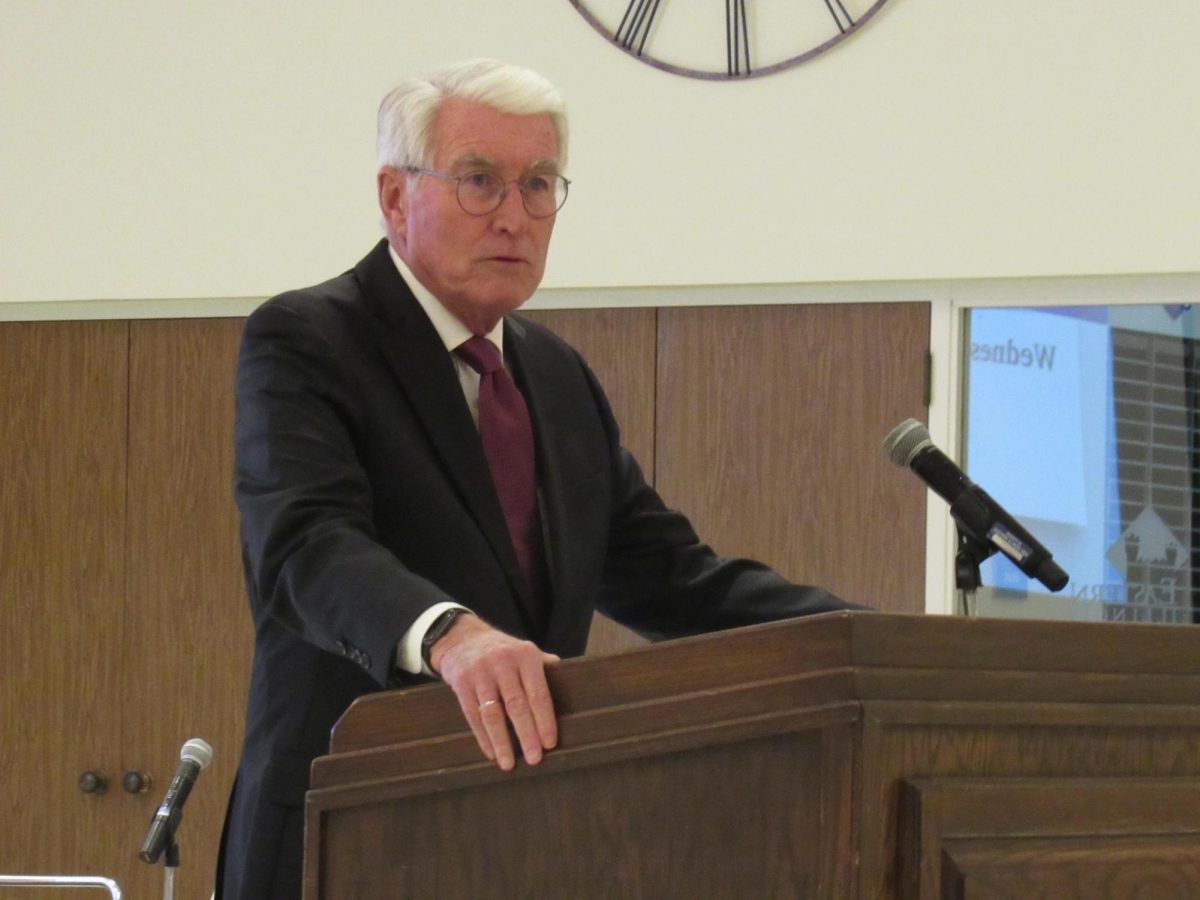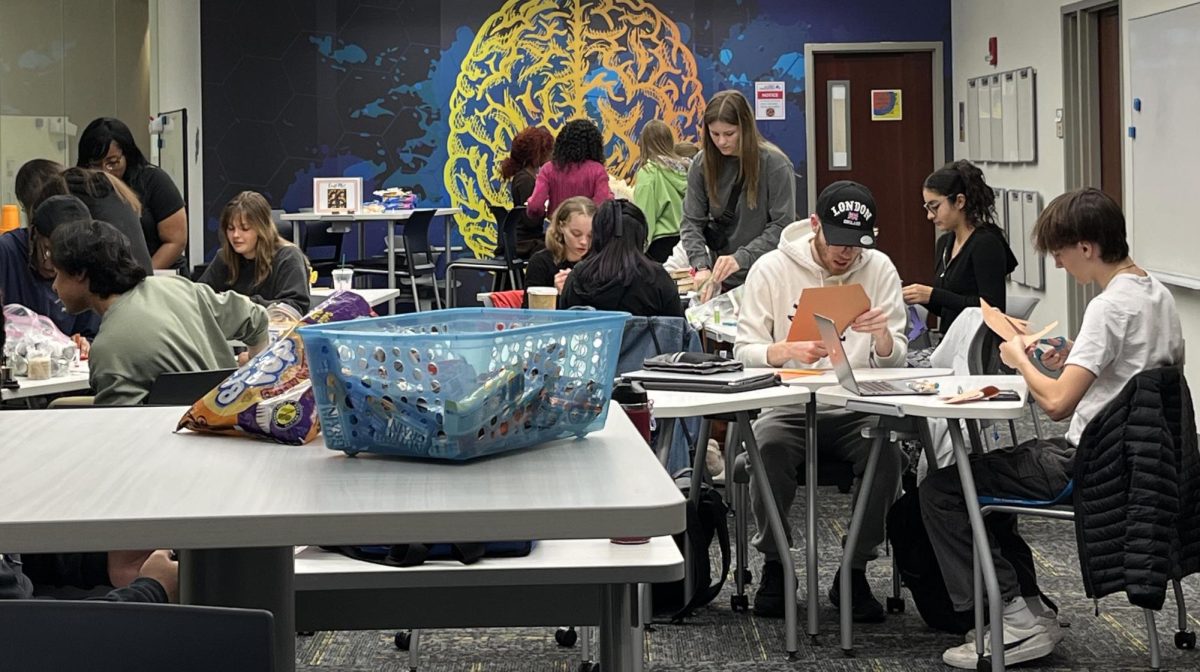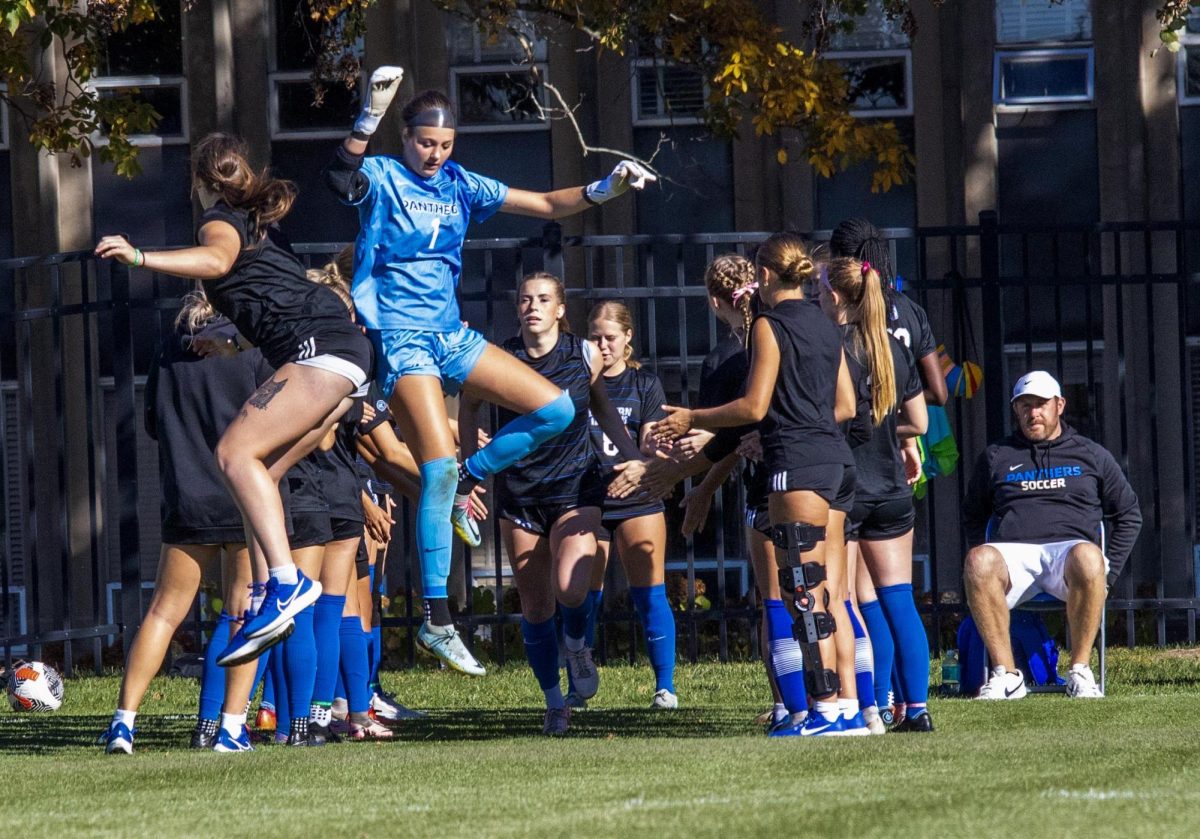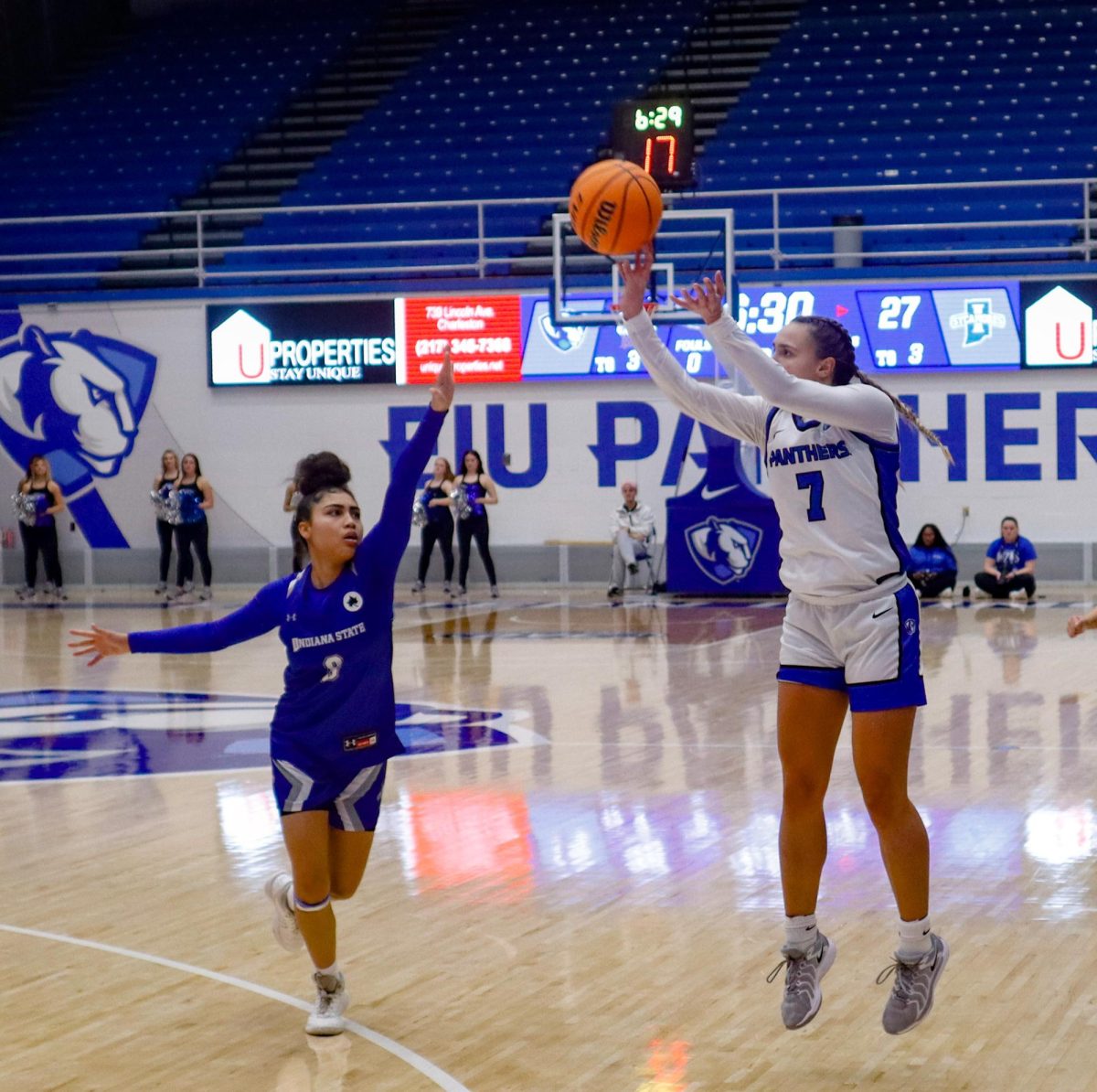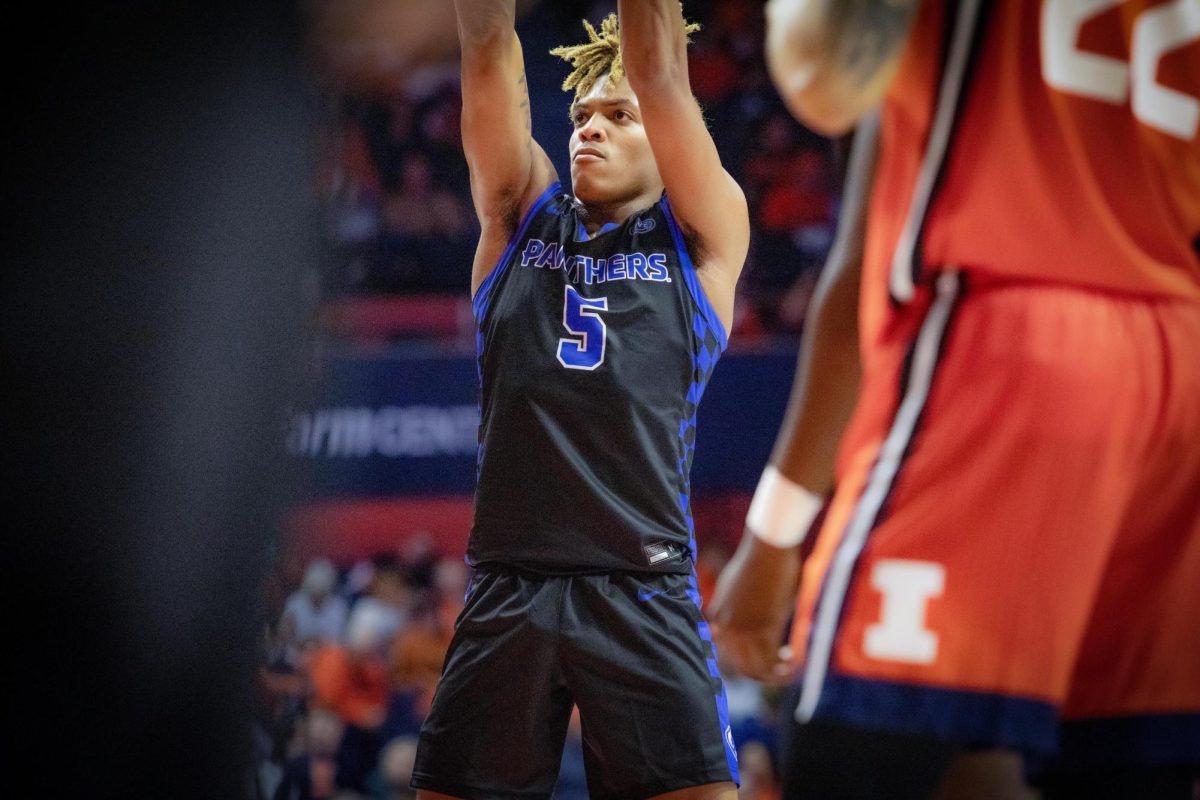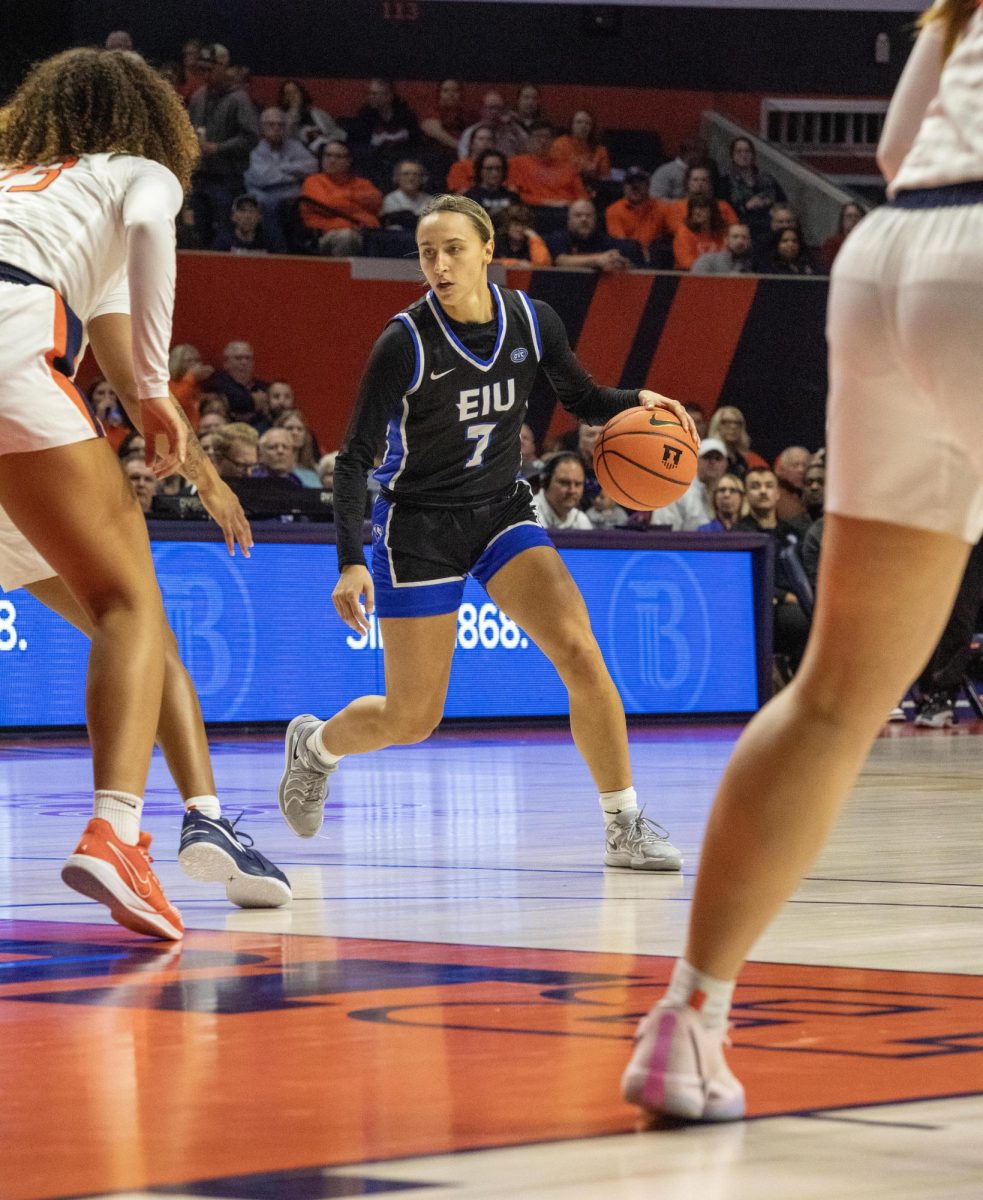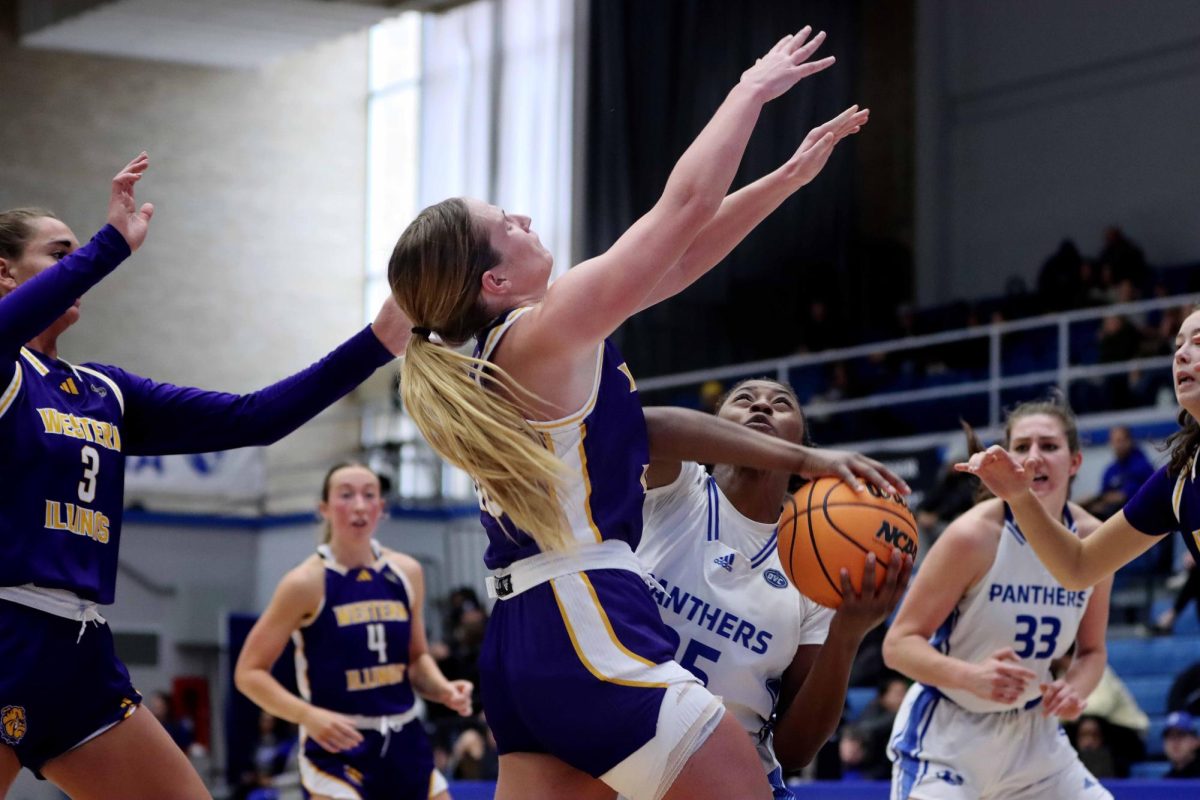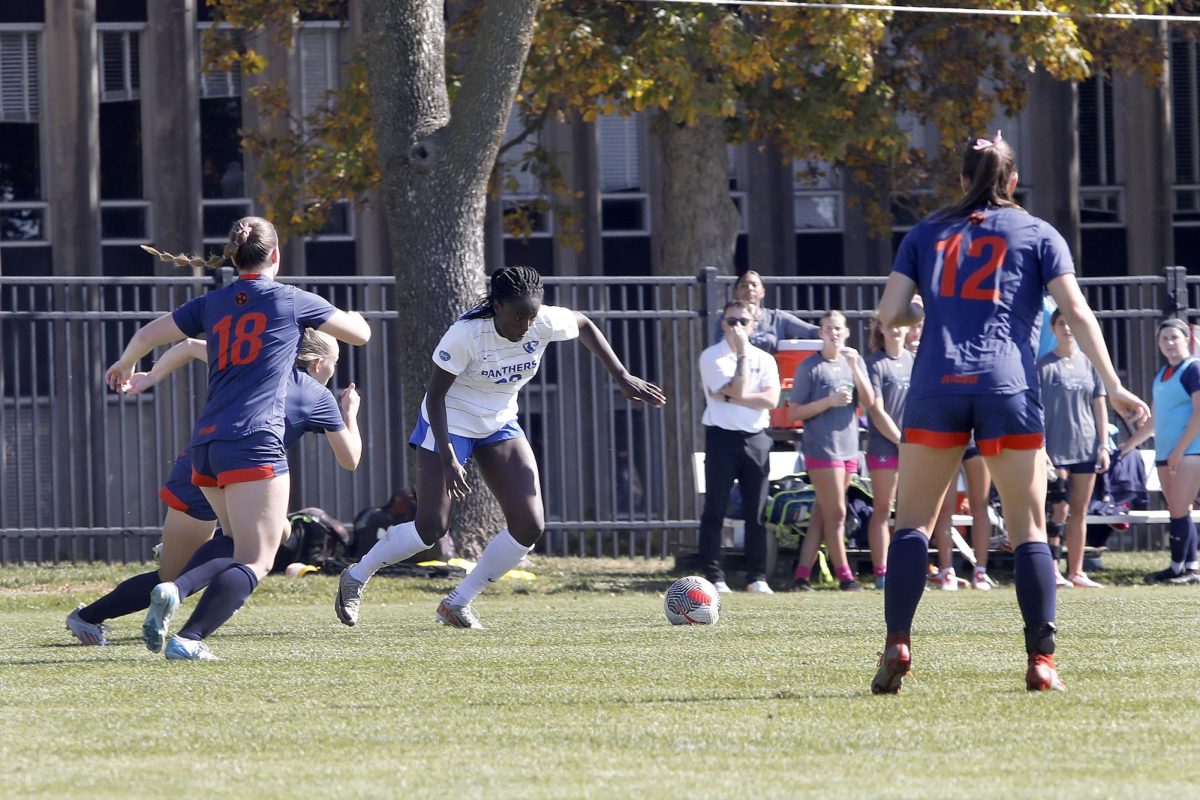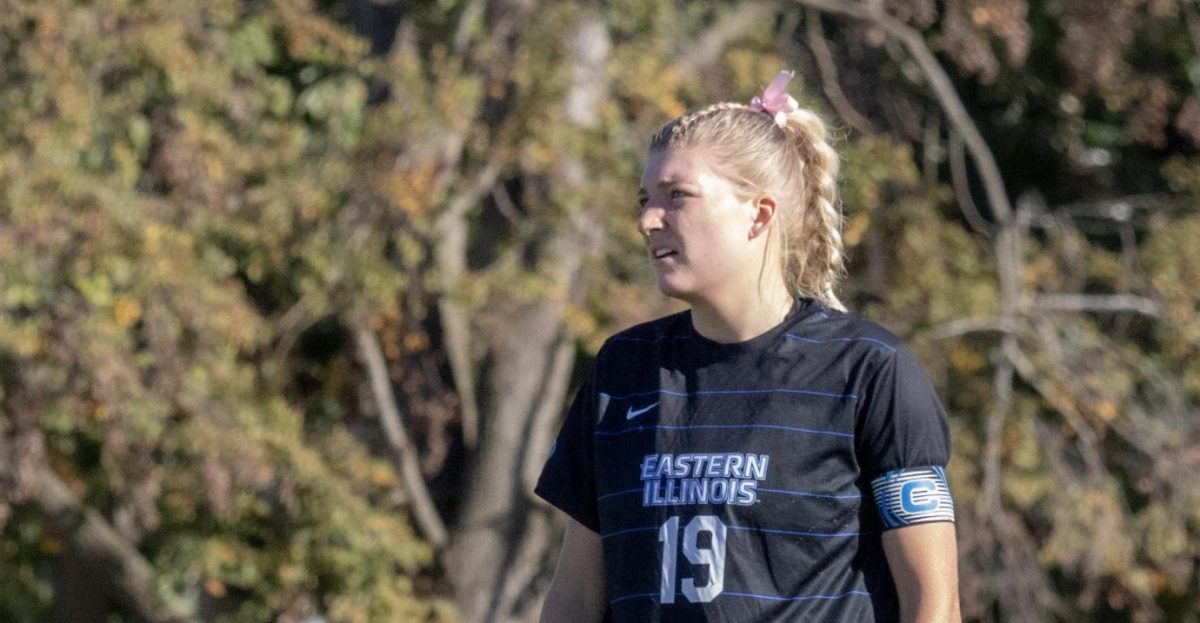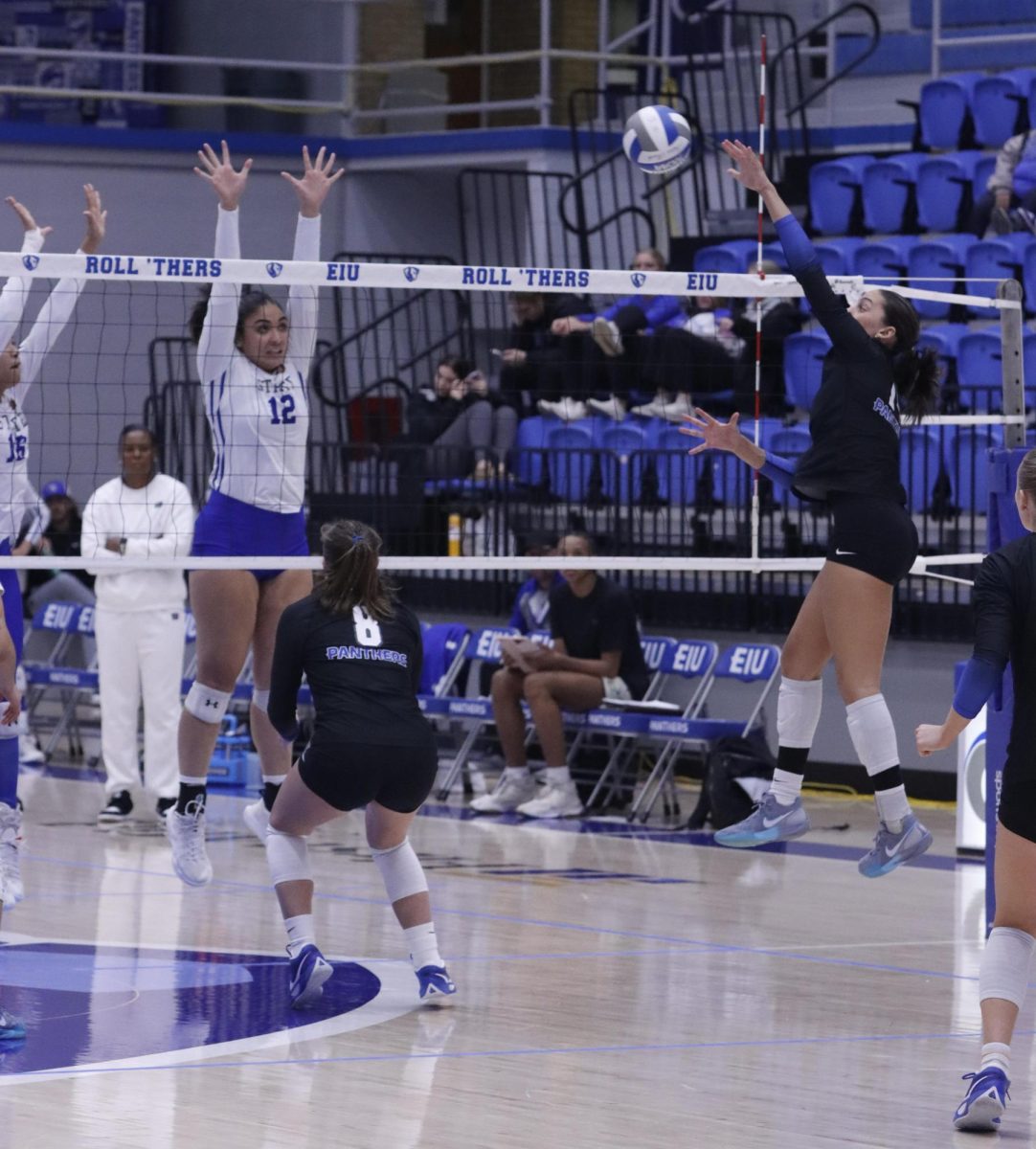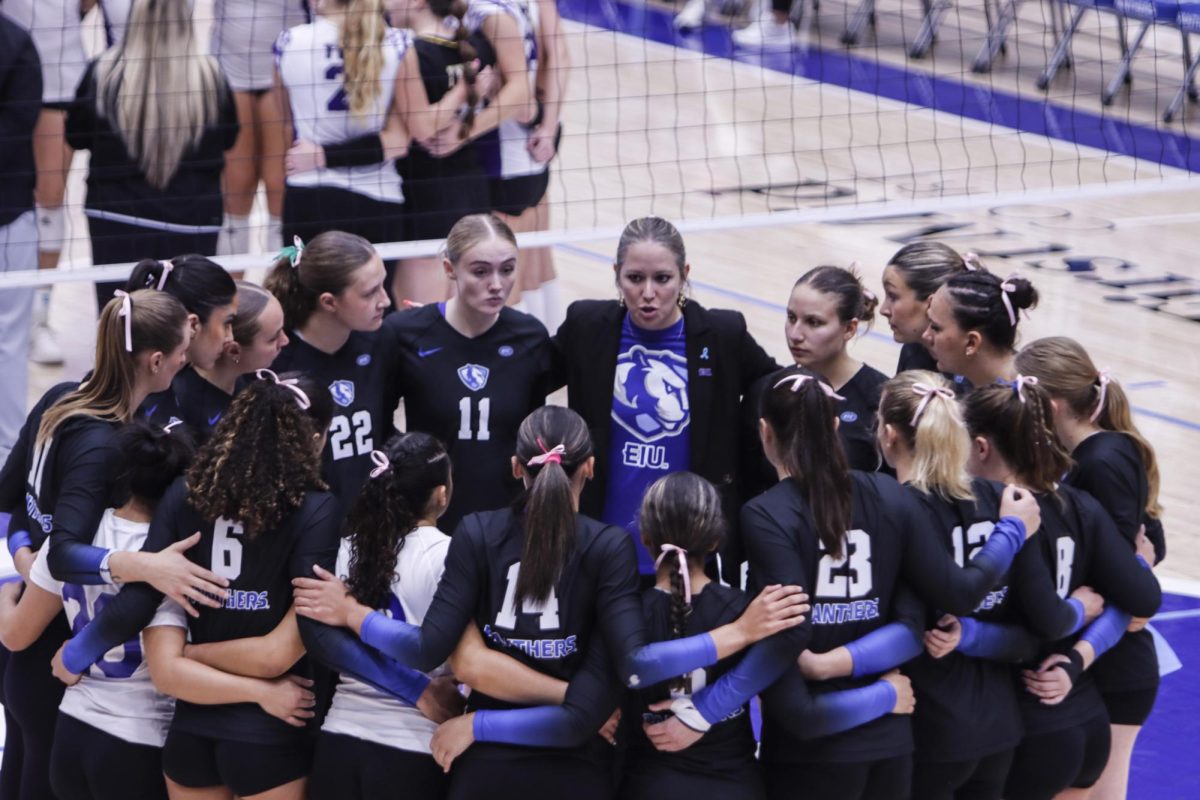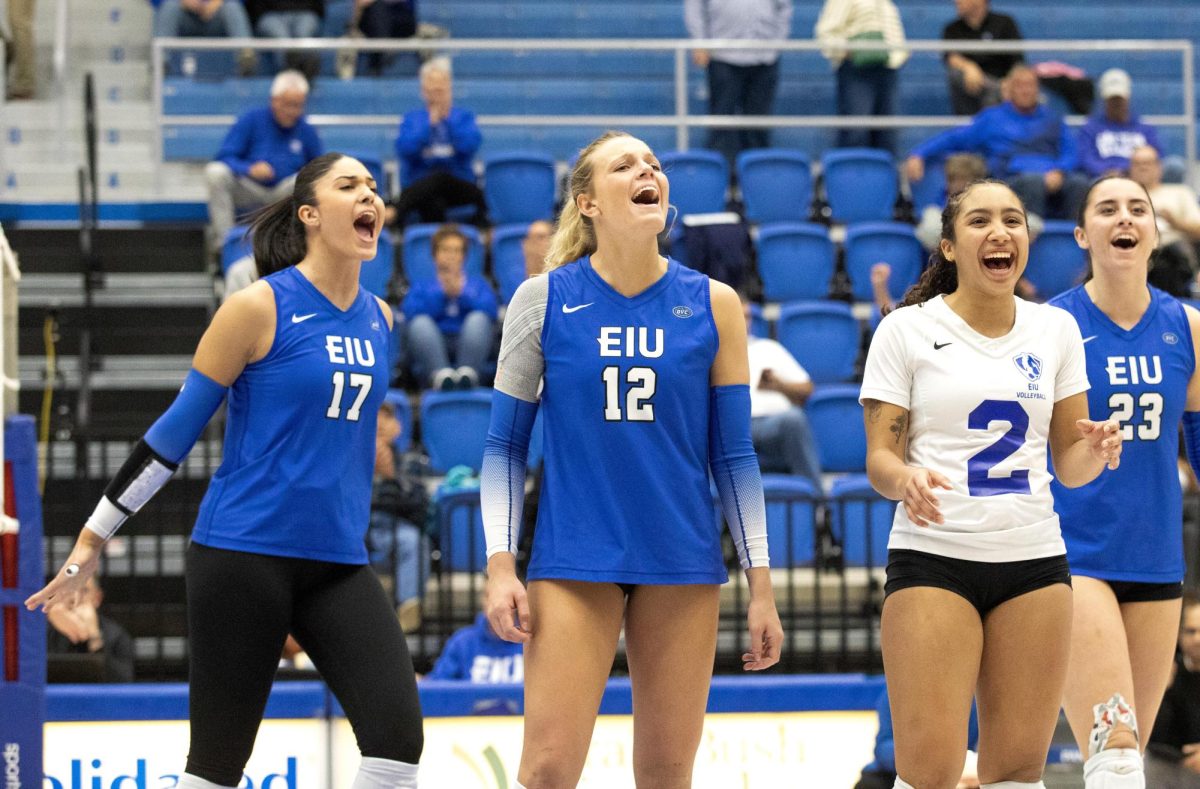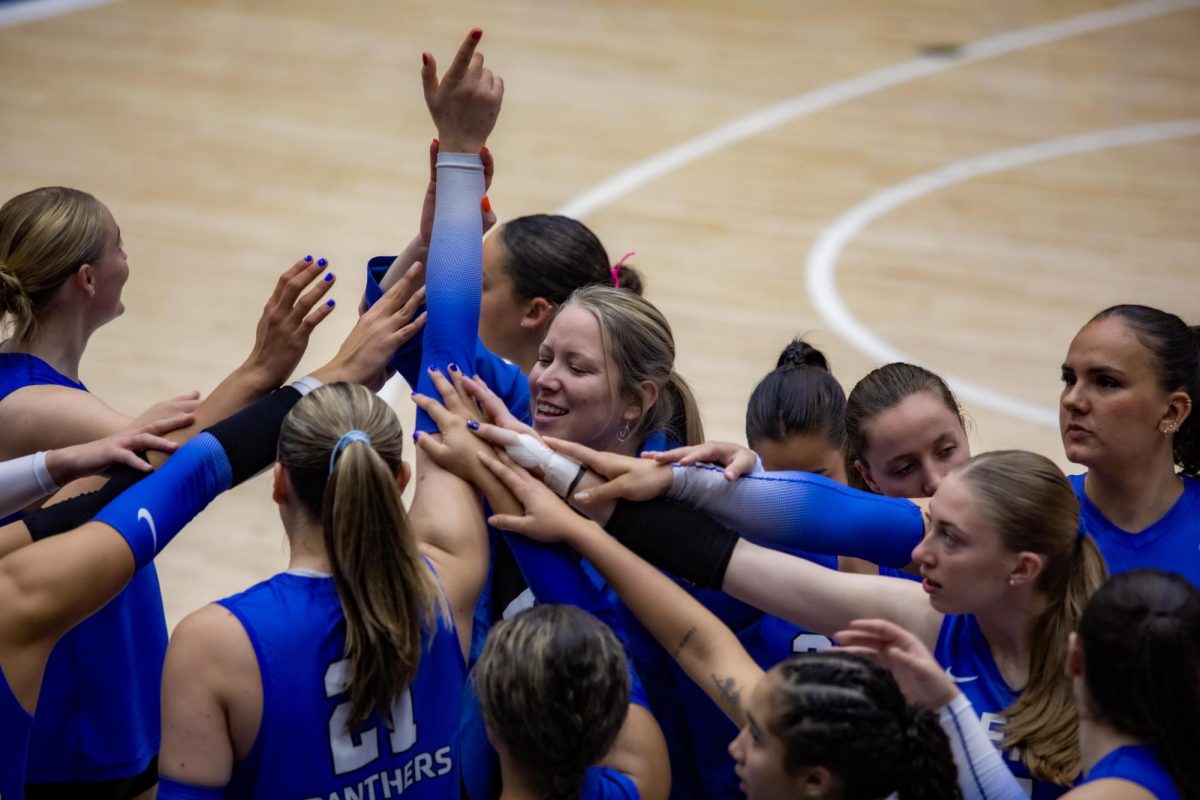Tuition cost cause of drop in enrollment
Enrollment figures and the MAP grant, as well as their connections with each other, were discussed at the Faculty Senate meeting Tuesday.
Jerry Donna, director of financial aid, and Brenda Major, director of admissions, spoke on these issues at the meeting.
Enrollment
Enrollment is slightly down from last year, which Major said is a trend most universities throughout the state are seeing.
She said that from whom she has met with, only Southern Illinois University Edwardsville showed any increase in enrollment. Even the University of Illinois in Champaign-Urbana took all of their wait-listed students.
A major reason for this is the price of universities.
“Students start to panic,” Major said.
Because students think it is less expensive, many just out of high school students will head to the community colleges instead of starting at a university.
The enrollment for some community colleges has even increased by 20 to 25 percent in the last year, Major said.
However, she said the cost to go to a community college and then transfer may not be cheaper after all.
“These students might have two years of eligibility, but four years left,” Major said.
Some community college transfer students may not come into a four-year university with enough credits and will still need three or four years at the four-year university before graduating.
Eastern is also trying to keep the students that have committed to the university, instead of changing their minds for a community college.
“We’re the only (public university) that talks about motivation and fit,” Major said.
Eastern hopes to work closely with financial aid to keep students here. The Office of Admissions will now be able to see the student’s award for financial aid, which could potentially help the student understand the process better.
MAP grant
Without the MAP grant next semester, $4.6 million might not be awarded in the spring to MAP eligible students, Donna said at the Faculty Senate meeting. Students who normally receive $5,000 will no longer, and they will have to figure out another way to pay for their education.
Donna hopes this will not have to happen.
Donna said he is optimistic the lobbying efforts of Eastern and other universities throughout the state will change it.
Eastern, through Student Government, has a letter campaign for the MAP grant that will be taken to the General Assembly on Oct. 15 to try to get the money back for students spring semester. A phone bank will also be set up for students to call their legislatures about the problem.
Students and faculty can also go to saveillinoismapgrant.org and a sign the petition there, Donna said.
If the funding does not go through to the spring semester, Donna said the university has some plans to help students. They hope to use the $800,000 stimulus money to offer to students in additional work-study programs.
Financial aid will work with students and parents on student/parent loans and hope to educate students on scholarship searches, Donna said.
“It’s going to take a lot of listening and a lot of helping,” he said.
Other news
Because the H1N1 virus has been on campus, Blair Lord, provost and vice president of academic affairs, said they are in discussion about what to do if a student must go home for a period of time due to sickness. They hope to finalize a policy for students and faculty if they are sick.
The Faculty Senate has also extended the deadline for application for faculty to join a committee to Sept. 23. The election was moved to Oct. 14-15.
The next senate meeting will be at 2 p.m. Sept. 29 in room 4440 of Booth Library.
Courtney Bruner can be reached at 581-7492 or at cbbruner@eiu.edu.



